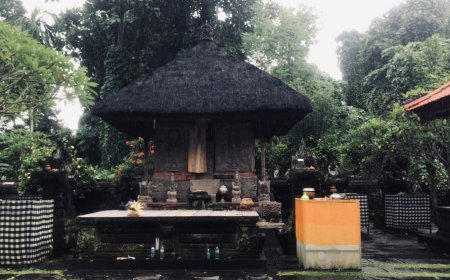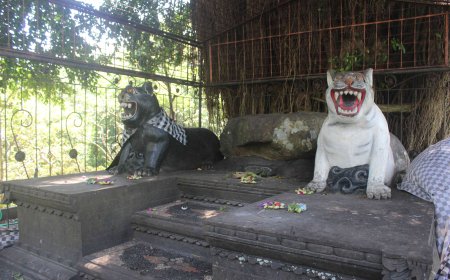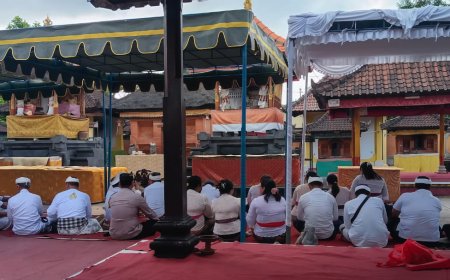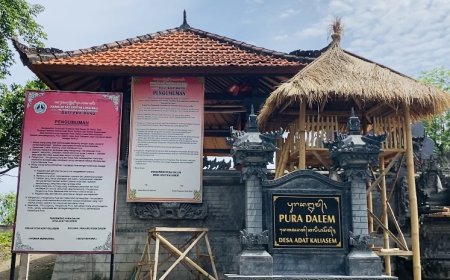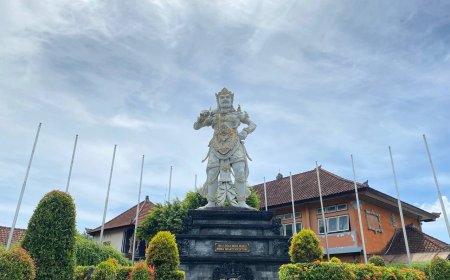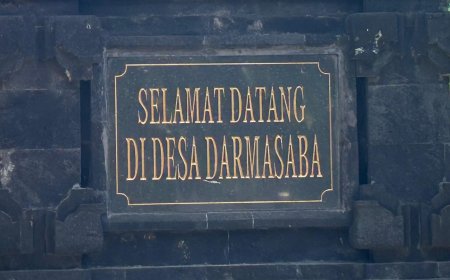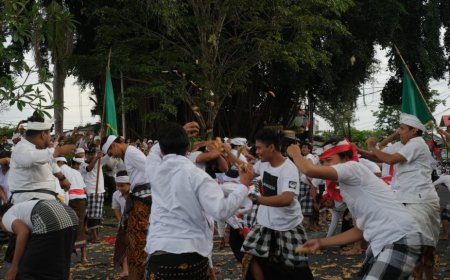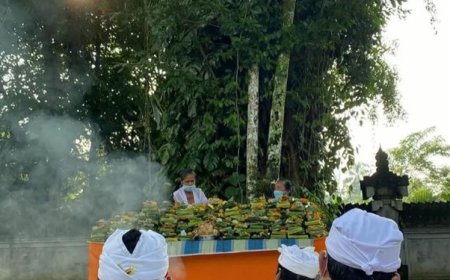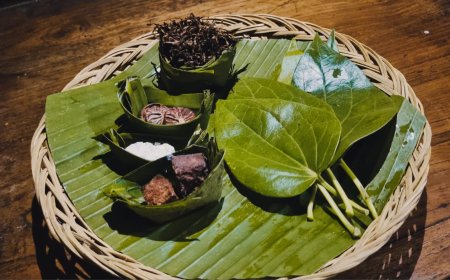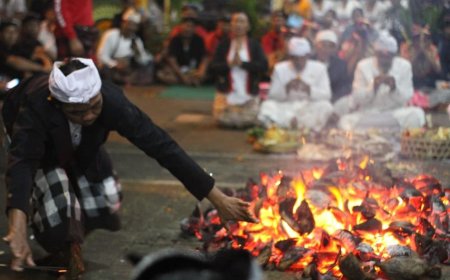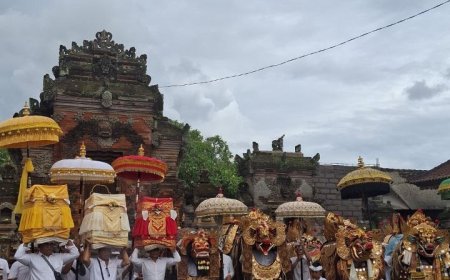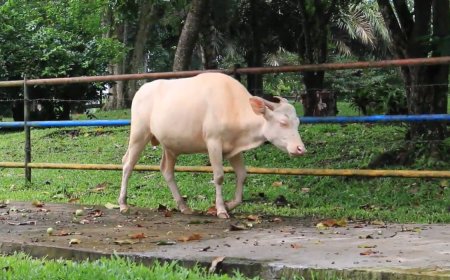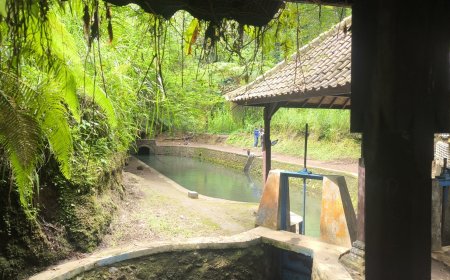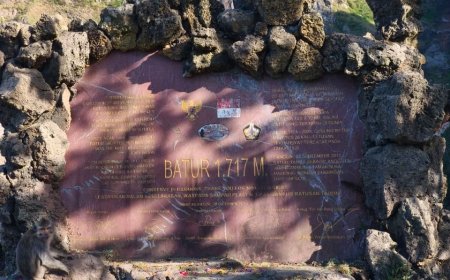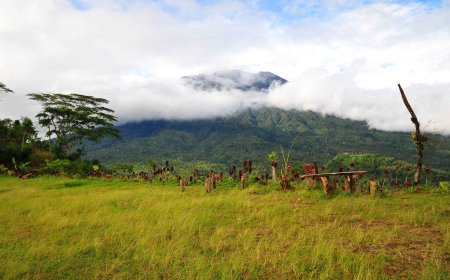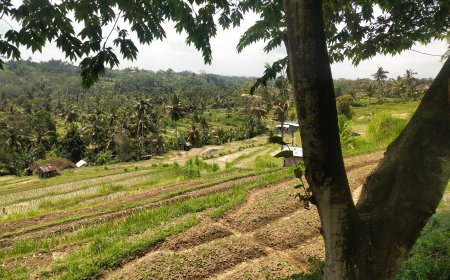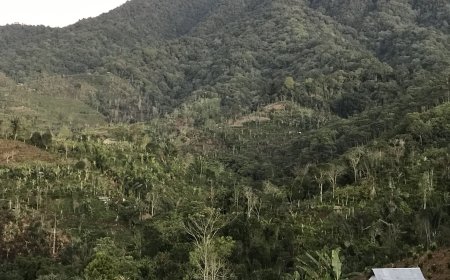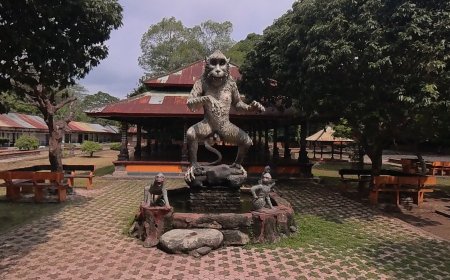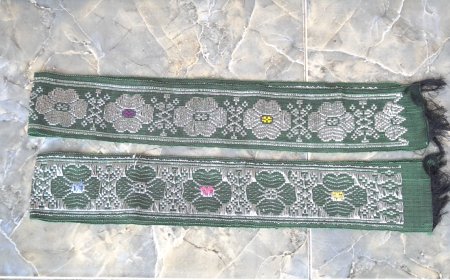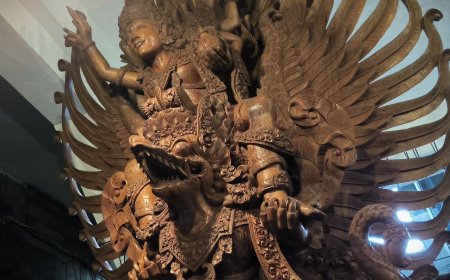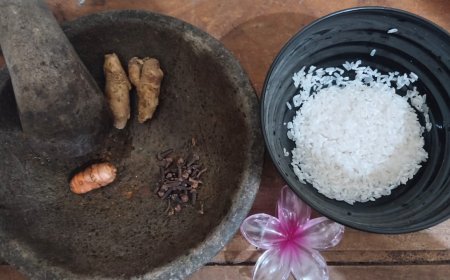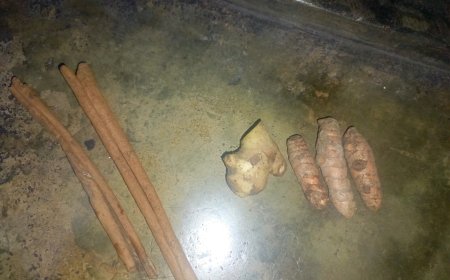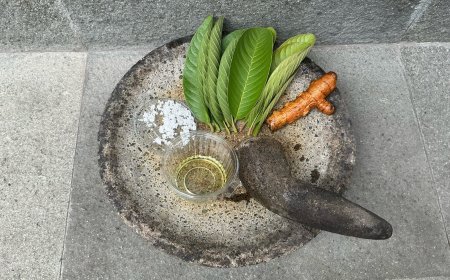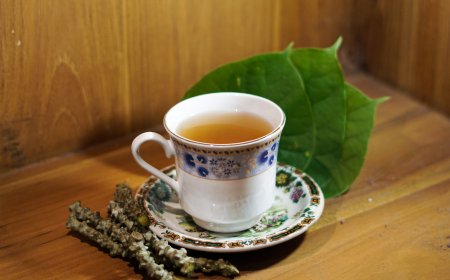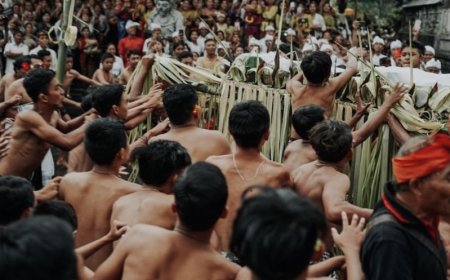Exploring the Ngusaba Bantal Tradition in Penglipuran Tourism Village: A Reflection of Gratitude Ahead of Nyepi
Penglipuran Village in Bangli is not only captivating for its beautiful layout and lush environment, but also for its well-preserved ancestral traditions. One of these is the Ngusaba Bantal ceremony, which is held regularly ahead of Nyepi Day. This sacred tradition has been passed down from generation to generation and is an expression of the community's gratitude for a bountiful harvest.

The Heritage of Tradition Behind the Charm of Penglipuran Village
Main Street of Penglipuran Village with Rows of Uniform Angkul-angkul (Source: Personal Collection)
When hearing the name Penglipuran Village, located in Bangli Regency, most people will immediately imagine the neatly paved straight street, rows of uniform angkul-angkul (traditional gates), and the clean environment that once earned the village recognition by UNESCO as one of the cleanest villages in the world. Yet the beauty of Penglipuran does not stop at its physical order. What makes it truly special is the cultural breath in the form of traditions passed down through generations, making the village timeless against modernity.
Why is it Called Ngusaba Bantal?
Jaje Bantal, the Main Offering in the Ngusaba Bantal Tradition (Source: Personal Collection)
For the Balinese, Ngusaba is a religious ceremony as an expression of gratitude and prayer to Ida Sang Hyang Widhi Wasa for continued prosperity and safety. Each region has its own unique Ngusaba tradition. In Penglipuran Village, the tradition is known as Ngusaba Bantal, named after its main offering, jaje bantal, a traditional cake made from glutinous rice. This ceremony is held once a year before Nyepi Day, precisely in Sasih Kesanga or the ninth month of the Balinese calendar, centered at Pura Ratu Sakti Mas Ayu Manik Melasem.
Preparations Before the Ngusaba Bantal Ceremony
Pura Ratu Sakti Mas Ayu Manik Melasem, Venue of the Ngusaba Bantal Ceremony (Source: Personal Collection)
Preparations for Ngusaba Bantal begin six days before the main event. On the first day, the people of Penglipuran Village perform ngaturang piuning at Pura Ratu Sakti Mas Ayu Manik Melasem, a prayer offering to ensure that the entire ceremony runs smoothly.
Jaje Bantal, Sacred Offering in Ngusaba Bantal
Banten Offerings Presented during the Ngusaba Bantal Ceremony (Source: Personal Collection)
At first glance, jaje bantal looks simple. Made from glutinous rice, wrapped in ron leaves or aren leaves, and tied with bamboo strings into a small bolster shape. Yet within its modest form lies sacred value upheld by the people of Penglipuran Village.
The Peak of the Ngusaba Bantal Ceremony
Petabuhan Procession Performed by 76 Women as a Symbol of Each Family (Source: Personal Collection)
On the main day of the Ngusaba Bantal ceremony, the procession takes place at Pura Ratu Sakti Mas Ayu Manik Melasem from 06.00 WITA until around 11.00 WITA. One of the most distinctive parts is the petabuhan ritual, where 76 women villagers take turns pouring palm wine into the offerings. This number reflects the households in the main settlement of Penglipuran Village, ensuring that every family is represented in the ritual.
The entire ceremony is led by Jro Kubayan, following the leadership system of the Bali Aga or hulu apad practiced in Penglipuran Village. The duty of Jro Kubayan is to ensure that the Ngusaba Bantal ceremony proceeds in an orderly manner according to customary rules, solemnly guiding each stage of the ritual from beginning to end.
The Continuity of Tradition in Penglipuran Village
Ngusaba Bantal is not just an annual ritual, but an essential part of tradition that sustains the cultural preservation of Penglipuran Village. This tradition teaches the community to be grateful for the harvest and to honor nature as the source of life.
